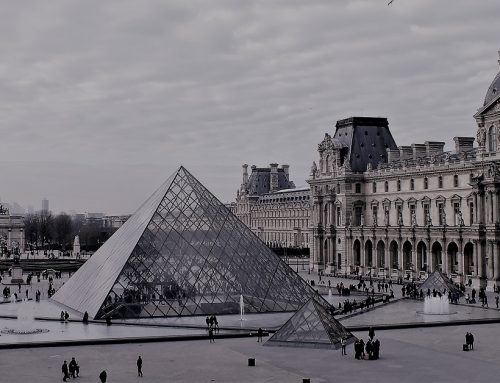I’ve just spent a few magical days in Venice amid the buzz and bustle of this astonishing little city. We visited stunning hotels like the new Aman Venice in the regal (and renovated) 16th-century Papadopoli palazzo, and dined in tiny trattorias hidden down narrow laneways – everything that makes Venice feel like a fairy tale.
Yet despite its other-worldiness, this place is not make-believe.
Some 50,000 people actually live in Venice’s divine city centre and they’re visited by tens of millions of tourists each year. Imagine living in a community of that size, as 25 million visitors traipse through it. Every. Single. Year.
Venice is bursting at the seams and, if startling images of the city’s plazas slipping quietly and ominously beneath high tides are any sign, it has sprung a serious leak.
I have visited many times and on each occasion the experience has left me joy-filled. But as we departed this week I had mixed emotions: The joy that comes from immersion in the wonder of the place and supporting the local economy, mixed with guilt about having simultaneously contributed to its deterioration.
Like elsewhere, there’s an emerging anti-tourism movement here. It’s such a vexed issue. How do cities attract just the ‘right’ amount of tourism so they retain and sustain what makes them special in the first place?
Over the years, Venice has tried to mitigate the negative effects of tourism. There have been calls to ban suitcases with wheels due to the wear-and-tear that millions of them have on the city each year. More recently, train station-like gates have been installed at strategic locations that can be closed to separate tourists from locals if needs be.
There have also been unsuccessful attempts to limit the size of cruise ships visiting the city. Interestingly, however, some cruise lines have acknowledged the issue themselves and reduced visitation until a long term solution to Venice’s issues is implemented.
That solution might just be the remarkable MOSE project – a series of enormous gates across the inlets to the Venetian Lagoon to protect Venice from the high tides that flood it. When fully operational in 2022, MOSE will hold out tides of up to 3 metres.
Venice’s future seems to rest on engineering solutions to protect it from the things that flood it. It might sound extreme, and precisely the thing that would keep people away, but I believe people will continue visiting Venice and other places like it. Collectively, however, we have to find a way to bring balance to the local economy – local amenity – visitor access equations everywhere.
All of us, visitors and the industry that brings them to places like Venice in their millions, need to be aware of what the future looks like if we don’t acknowledge and respect what needs to be done to sustain and preserve them.
What are your thoughts?
..
Original article on LinkedIn: https://www.linkedin.com/pulse/sinking-feeling-venice-penny-spencer






